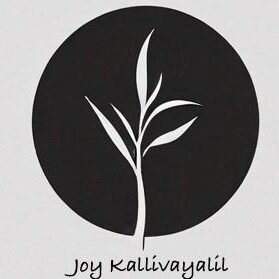#history
Hindi, India’s National Language?
Home Minister Amit Shah’s declaration that Hindi will henceforth be the official language of the central government comes as no surprise.
One of the long term projects of the Sangh parivar is the imposition of Hindi over the whole Nation. Slogans like One Nation, One Religion, One Language, are part of their jingoistic lingo and long-term ajenda.
According to historians, just 150 years ago, what we call as Hindi today was Khari Boli, a localised dialect of Braj Bhasha, spoken only around Delhi.
A few people used it for writing, the poet Amir Khusrau being one of them. But in just five decades between 1880 and 1930, Hindi grew to occupy the national stage, pushing out all other languages that had been around for several hundreds of years.
What contributed to this phenomenal rise of a langauge that didn’t even have a grammar to speak of?
– The British East India Company!
The colonial legacy of Hindi begins with Dr. John B. Gilchrist, a Scottish surgeon and linguist, who joined the medical service of the East India Company in 1784, at the age of 25. During Dr. Gilchrist’s travels in India, he noticed that a language, which he called ‘Hindoostanee’, could be understood in large parts of North India. He collected all the words he could get and prepared a dictionary, which he published in 1786
– “A Dictionary: English and Hindoostanee”.
He also drew up the basic gramar for Hindoostanee, and appended it to his dictionary, which used the Devanagiri type font, developed by another Britisher, Mr. Charles Wilkins.
Around 1800, Dr. Gilchrist suggested to Lord Wellesley, the then Governor General of the East India Company, that Hindooostanee be used by all company officials to transact business and run the administration. Lord Wellesley established the Fort William College in Calcutta to train company officials in Hindoostanee and company administration.
Dr. Gilchrist became the college’s first Principal, and played a key role in the codification of Hindoostanee (shortened to Hindi) in Devanagiri script. The arrival of modern printing machines in the late 18th century had given a fillip to publishing, and the use of Devanagiri script helped Hindi to take a giant leap forward.
The first Hindi newspaper – Udant Martand – started publishing only in 1826. In 1827, another Britisher, Reverand Adam, brought out ‘Hindi Bhasha ka Vyakaran’, the first grammar book in Hindi. It soon became the “Wren & Martin” of Hindi, widely used in schools and colleges.
Reverand Adam then published a Hindi dictionary, called ‘Hindi Shabd Kosh’, and the language’s spread grew exponentially. Thus, it was India’s colonialists who nurtured and developed Hindi, the language that some “nationalists” want to push as the national language!
The move to push out Urdu and replace it with Hindi started in the 1860s, with Sanskritised Hindi being touted as the language of native Hindus, while Persianised Urdu was demonised as the language of the invader Muslims.
Some linguists point out that Hindoodstanee had both Hindi and Urudu elements (a point that Gandhiji stressed) and the Hindi-Urudu divide was artifically created for political purposes. The hegemony of Hindi speakers, pushing Hindi as the lingua franca of Hindustan, slowly gained momentum and culminated in the clamour for adoption of Hindi, as the national language in 1949. However, the Constitution did not accord that status to Hindi, which is just one of the 22 scheduled languages of the Republic of India.
English and Hindi however were adopted as the official languages.
Tamil Nadu can be proud of its long history of struggle against the imposition of Hindi. Modi government has been trying to arm-twist the State Government by denying funds till the so called National Education Policy ( Three Language Formula) is implemented.
– Joy Kallivayalil.
( adapted ).


